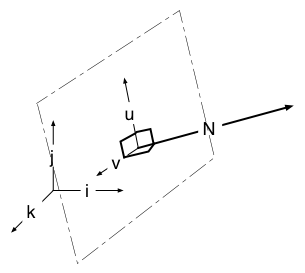

Using Ohm’s Law, the current density (J) through this cross section can be computed from the following expression: For electric current conduction, the flux physically signifies the total number of electrons flowing through the cross section per unit time (referred to as current density). The electrical conductivity is denoted by σ. The electric potential on the left and right ends of the disk are V 1 and V 2, respectively. The left and right ends of the disk are at position x 1 and x 2, respectively, and have a constant cross-section area of A. Now, let’s focus on a small section of the conductor along its length (shown above as the red-dashed disk). Imagine a cylindrical conductor (shown above) through which electric current flows as a result of a potential difference across its two ends. Now, let’s look at an example to find out the simple math behind computing flux.Ī simple example of computing current through a conductor. Heat flux or Power per unit area (Unit: W/m 2) Mass flux or Mass flow rate per unit area (Unit: kg/m 2s) The following table provides a summary of flux-type physical quantities from different physics areas.Įlectric displacement or Surface charge density (Unit: C/m 2) This is because most physics are mathematically formulated based on some form of conservation equation. Although this idea has its origin in the field of transport processes, the concept of flux and total flux can be related to many physics. The total flux through the cross section is then the sum total of flux coming out of that boundary. Correspondingly, the boundary through which we compute the flux would be surface (in 3D), edge (in 2D), and point (in 1D), respectively. The domain could be a volume (in 3D), surface (in 2D), or edge (in 1D). The approach discussed here works for any type of physics problem as long as we can identify the appropriate flux term corresponding to that physics.įlux refers to the area density of any quantity that flows through a well-defined boundary of a domain. This can help us bridge the gap between simulations and experiments where, in the latter, it is often easier to physically measure the total flux.

#Get normal vector 2d how to#
Today, we will find out how to compute the total normal flux through a cross-section plane, passing through your simulation geometry.


 0 kommentar(er)
0 kommentar(er)
